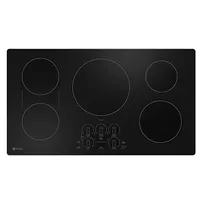Induction cooking is easier than you think: Experts share their 7 top tips for success
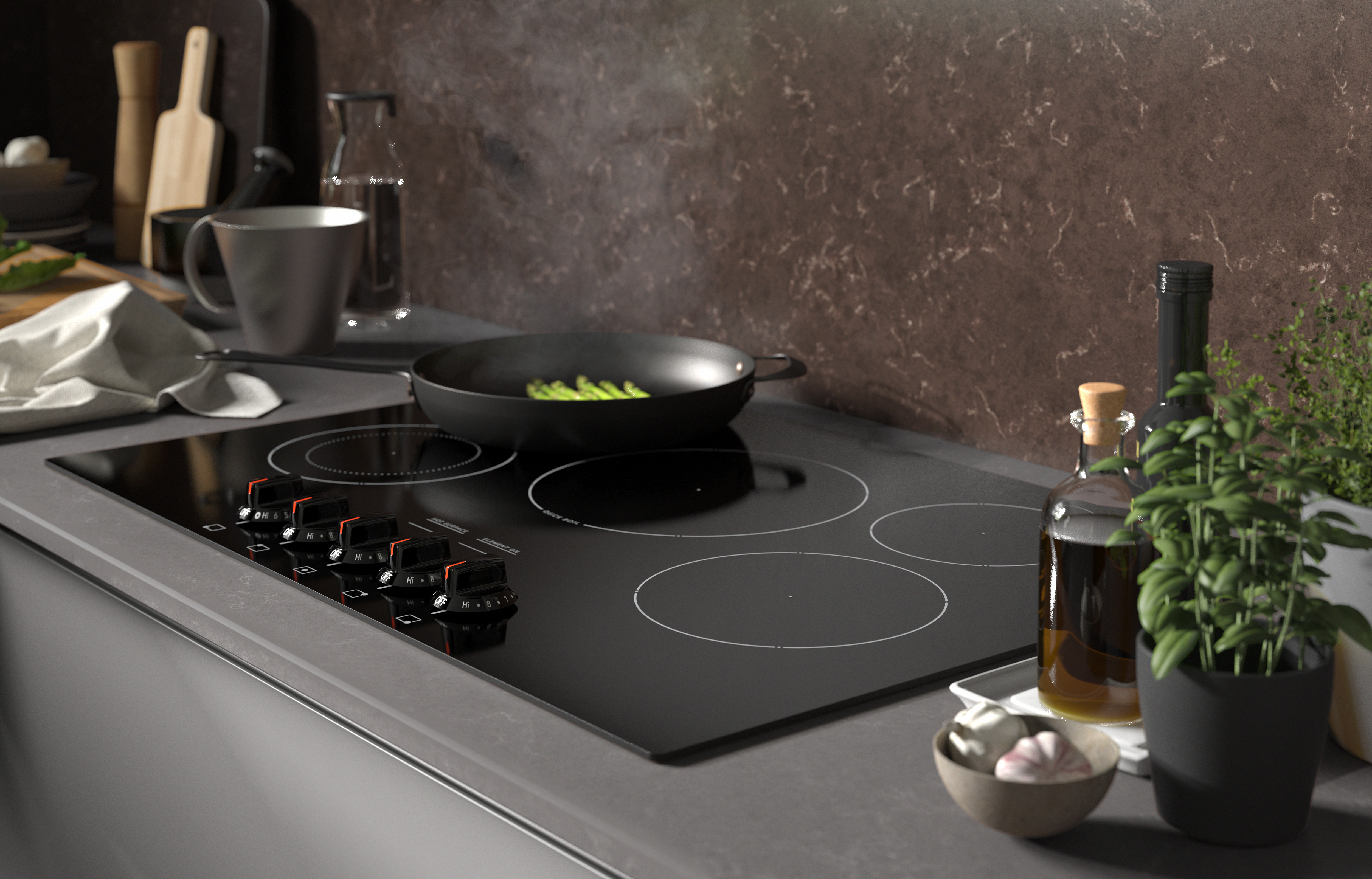
I’m an induction cooking fan, and when I get the chance to update my kitchen, an induction cooktop is going to be at the top of my wish list.
I used an induction cooktop for the first time at Smeg’s test kitchen, and have since tested Smeg’s portable induction cooktop and Ikea’s TILLREDA portable induction cooktop in my own home, and I haven’t changed my mind.
However, there’s an art to induction cooking that is different from cooking on one of the best electric or gas ranges. But I’m here to say, don’t be afraid.
If you’re curious about induction cooking but nervous about making the switch, feel reassured, as I’ve gathered some induction experts to share their top tips on induction cooking. You can also discover what culinary pros consider their favorite feature about induction cooking and why it's worth the swap.
1. Use the right cookware
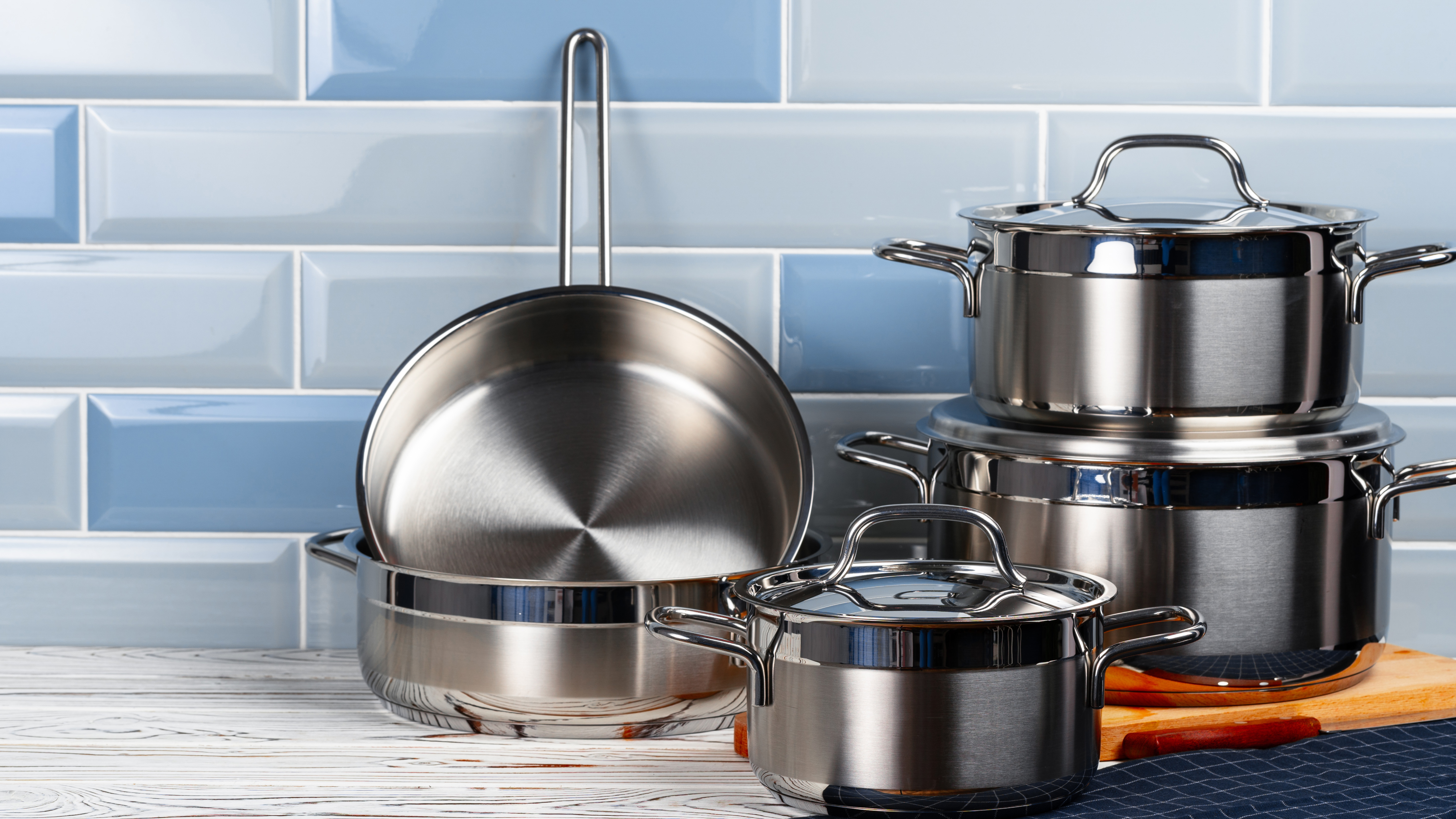
If you purchase an induction stove in person, rather than online, you should be informed during the sale that only certain cookware will be compatible with an induction cooktop. However, for those of you who plan to purchase an induction stove online, beware, as heat is transferred differently than when using gas or electric, and the type of pans you use matters.
“Make sure your pots and pans are induction-compatible, usually magnetic stainless steel or cast iron,” advises Chris Demaillet owner of private chef agency, Montclair Chef.
Although even chefs make mistakes, with Demaillet admitting, “I had a bad surprise once after purchasing a set of new frying pans.”
Get instant access to breaking news, the hottest reviews, great deals and helpful tips.
To check if your cookware is induction-compatible, he suggests trying the magnet trick — if a magnet sticks to the bottom of your pans, you’re in business.
2. Coil size matters
With an electric or gas stove, it’s easy to see the coil size of the burner, but Tung Vu, chef-instructor at the Institute of Culinary Education in New York. says this information is not as clear with an induction stove, as the magnetic coils transferring the heat to your pans are hidden below the glass surface. You may need to dig deep into the product specifications to find the size of the coils.
“Sometimes you’ll find an unbelievably good deal for an induction burner, but the catch is that the magnet diameter is too small to effectively heat larger pans,” says Vu.
And he adds, “For instance, if you have a 10 or 12-inch sauté pan or a large 12-quart stockpot, but the magnet diameter of your induction is only six inches, only the center of the pan will get hot. Foods outside of the center will not brown well, and it may be hard to bring water to or maintain a rolling boil.”
Therefore, to ensure compatibility with most pan sizes, he recommends checking that the diameter of the magnet on your induction cooktop is almost as large as the largest pan you plan to use on it, which he says will be around eight inches or larger.
3. Heating up is quick
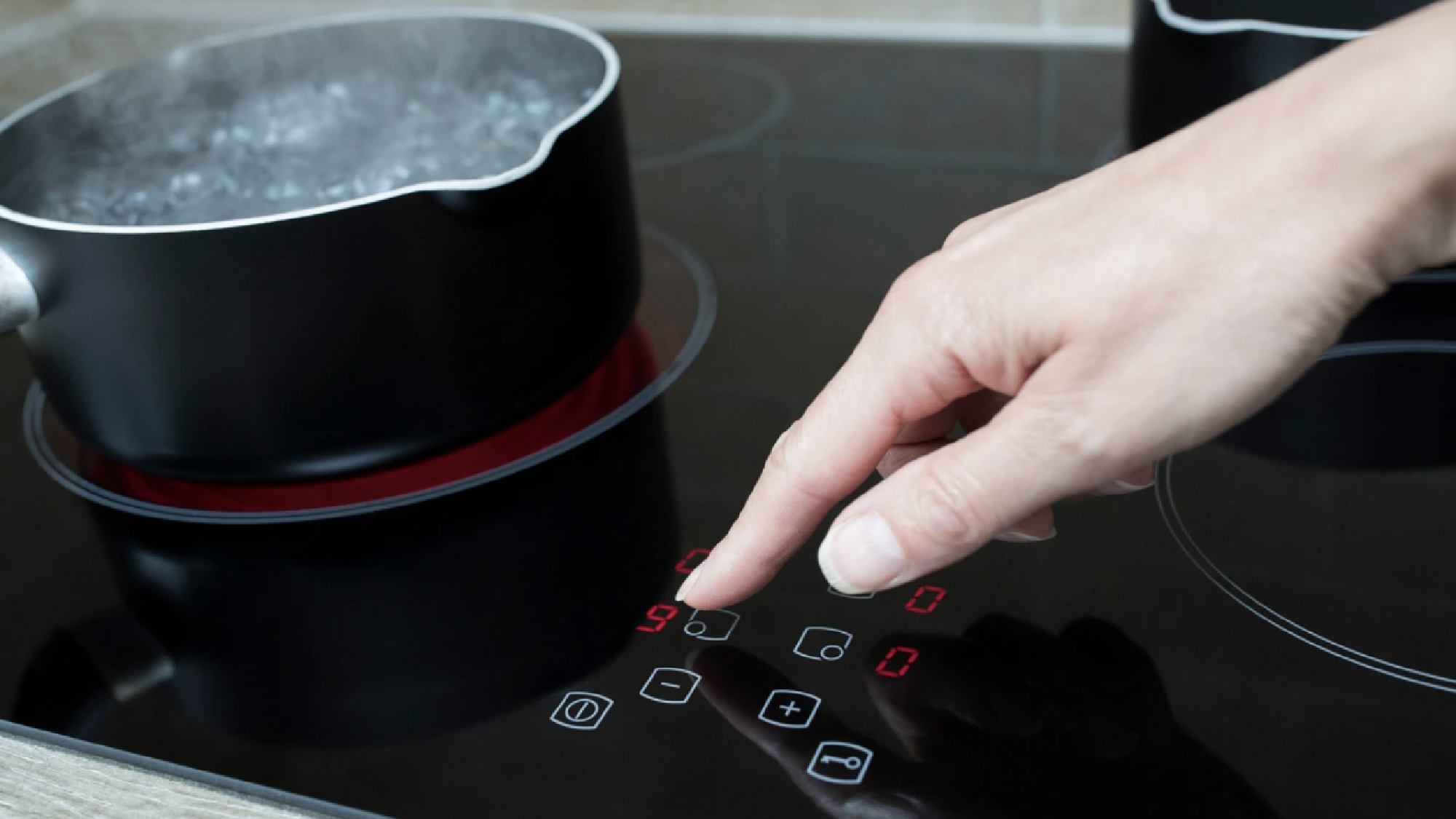
“Induction heats much quicker than gas or traditional electric,” says Demaillet, “It gets hot, really fast!”
While this is ideal for searing meat or fish, he warns to stay vigilant, “Proteins can burn very quickly and get burned fast. I’d suggest trying out at medium/high heat first before searing your steak on the ‘boost’ settings.”
Vu is also in agreement and suggests preheating your pan low and slow if you plan to sauté or sear meat. “When you heat up a pan too quickly, it’s likely to heat up unevenly, resulting in hot and cold spots. Allowing the pan to come up to temperature slowly over a low heat will ensure the pan is heated evenly, leading to a better, more even sear on your steak,” he explains.
And he adds, “This can be true of any cooktop (gas and electric as well), but perhaps most with induction, as it has the potential for extreme heat output very quickly.”
With the rapid increase in heat and high output, Mike Williams, Vice President of Sales and Marketing at Kenyon, says, “You should expect to potentially reduce your cook times and be ready for faster responses to heat changes.”
And when compared to the company’s radiant electric cooktops, Williams says that the induction counterparts boil water in one-third of the time, indicating just how fast induction can be.
This 5 burner induction cooktop is designed with a sleek black ceramic surface that's scratch and stain resistant. The digital touch controls are easy to use and reviewers say it's "easy to install".
4. Use the boost function wisely
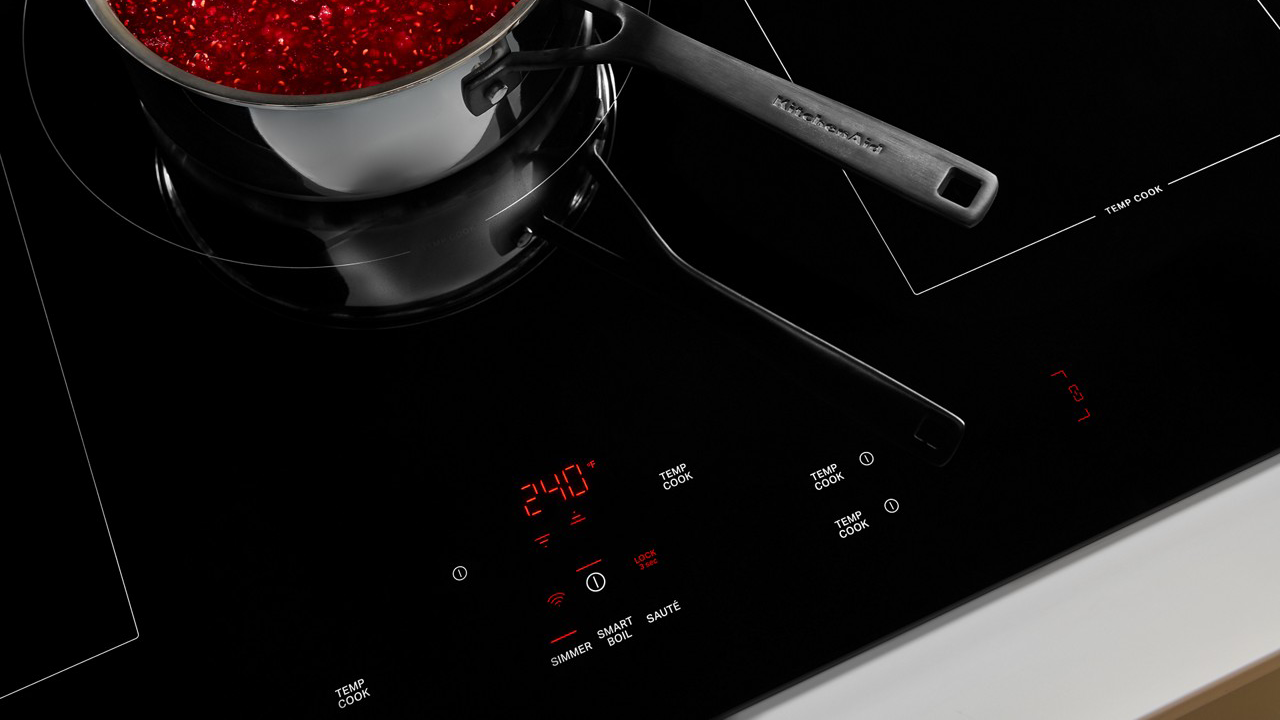
The boost function on an induction cooktop is a great feature that I’ve experienced firsthand. Williams describes it as being designed to deliver a quick surge of extra power to a burner, allowing it to heat up much faster than in normal mode. “This can be used for bringing water to a boil more quickly or searing meat, and can cut down on cooking time if you need to,” he explains.
However, he adds, “This is designed only to be used for just a few minutes at a time. If you use it too long, or with empty cookware, you run the risk of damaging both the cooktop and the cookware, not to mention burning your food.”
To ensure you use the feature as intended, he says, “The best plan is to use it like a quick power surge, rather than a continuous setting.”
5. Avoid dragging pans across the surface
There’s a big difference in how you should treat an induction cooktop compared to a gas or electric version, and this is one lesson that I’ve had to learn. Vu says, “Don’t drag pans across the glass surface: When cooking on a gas or electric cooktop, many people are used to dragging the pan back and forth, invoking a tossing or shaking motion to ensure even cooking and to prevent food from sticking.”
However, with an induction stove, you need to be more careful. He adds, “Even though the glass is tempered and can withstand more weight and temperature fluctuations, you can overdo it and scratch or shatter the glass cooktop.”
To avoid damaging the surface, he suggests lifting the pan fully off the cooktop before sautéing or doing other motions that can physically damage the induction burner.
6. Clear up spills quickly
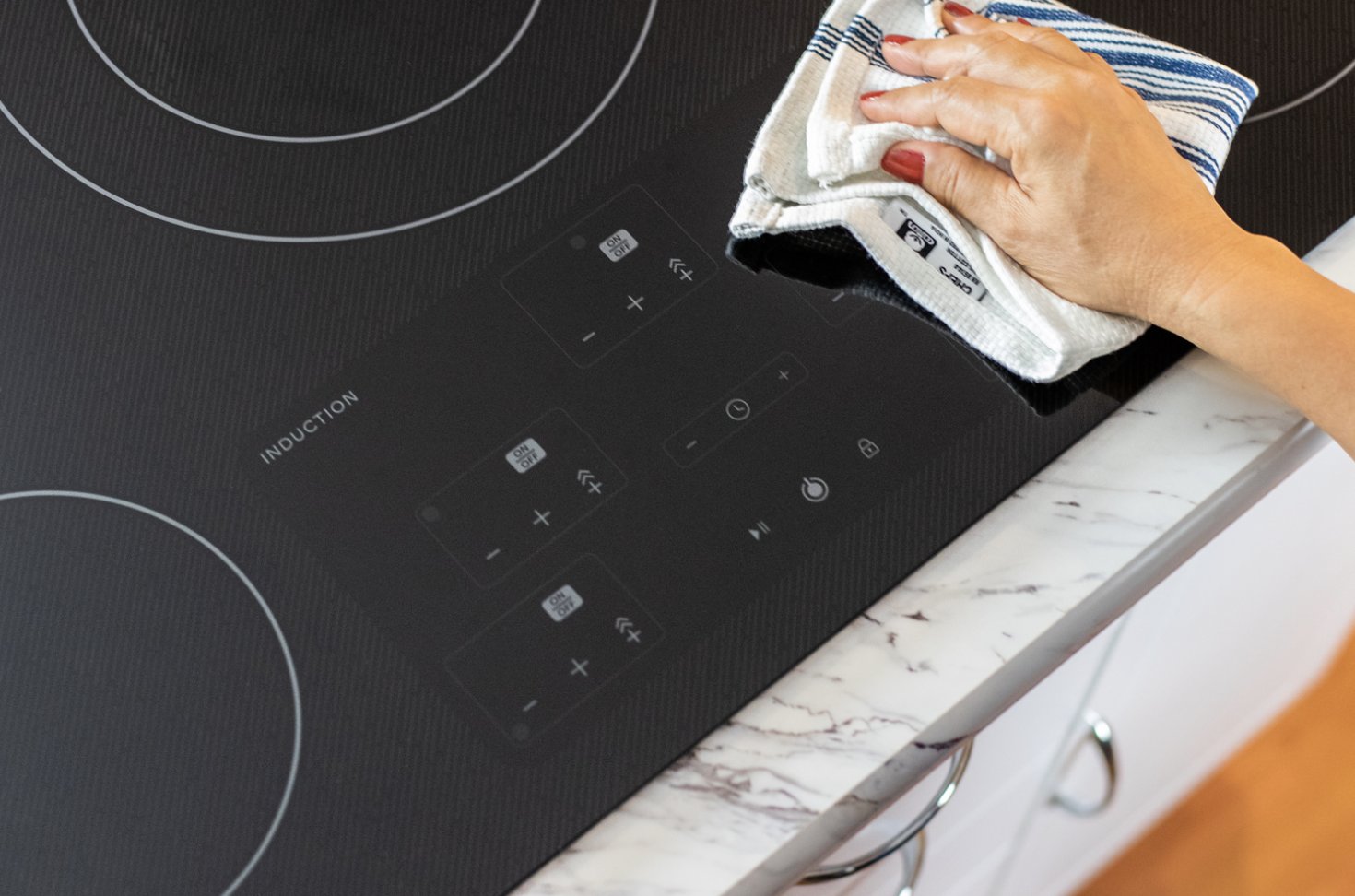
Don’t wait until tomorrow to clean up cooktop spills, Williams recommends clearing them up right away, because there’s the chance they could damage the cooktop.
So, what’s the worst culprit? “Sugary spills can etch or pit the surface, and anything that burns onto the surface can potentially cause stains or discoloration. In rare cases, they can even damage the controls. It’s best just to wipe them up as soon as the heat has come down and it’s safe to do so,” Williams comments.
Demaillet also adds that grease and debris, if left on the cooktop, can reduce efficiency.
7. Don’t keep empty cookware on a high heat
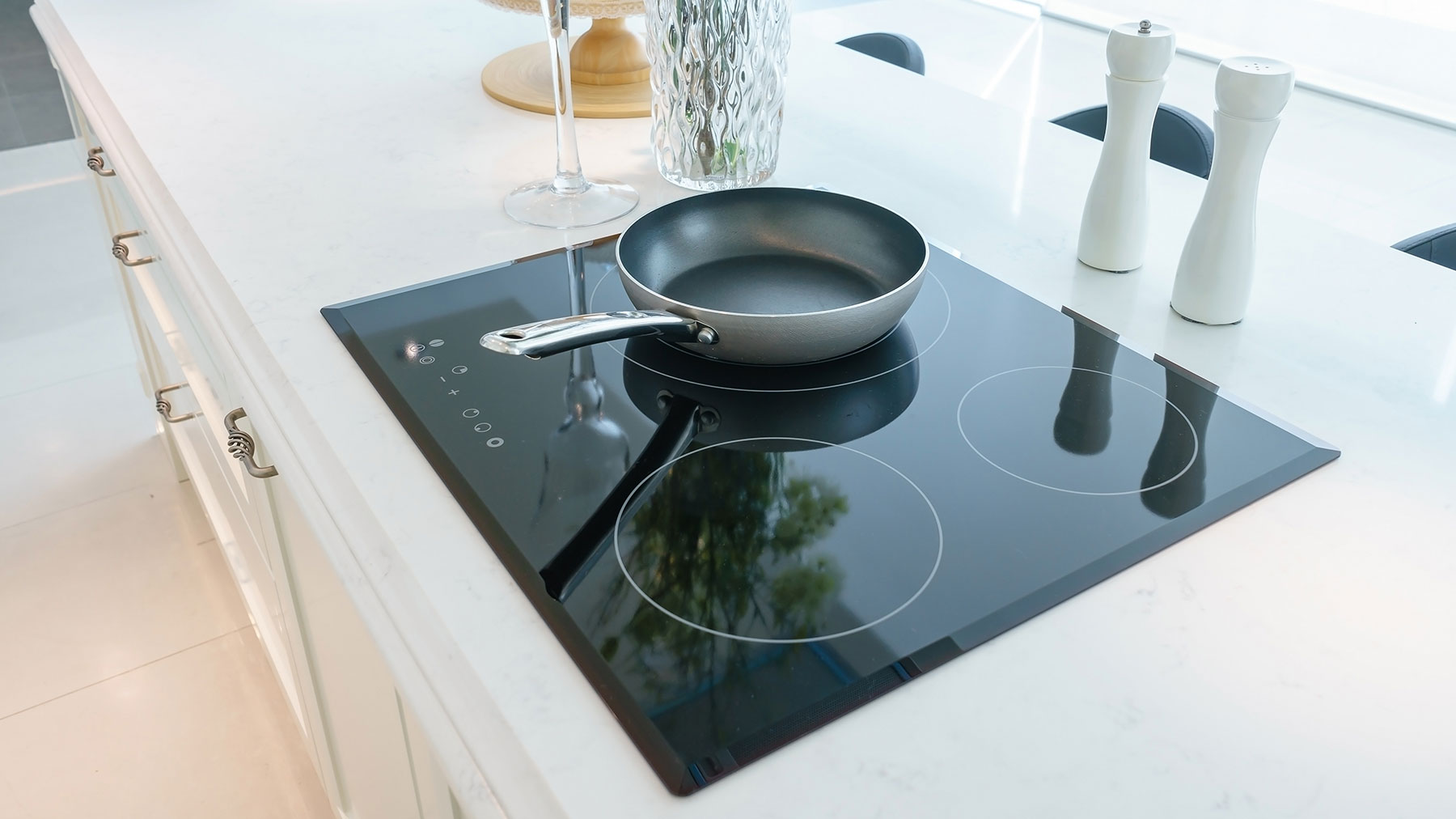
While we might be accustomed to placing a pan on a hot stove to warm it through before adding ingredients, Williams warns against this practice. “Because induction cooktops heat so quickly, heating an empty pan on high power can damage the cookware, so you’ll want to start on low heat and bump the heat up once ingredients are added,” he explains.
If you haven't yet made up your mind about investing in an induction cooktop, you could try a portable induction cooktop first. however, if you've already made the swap, you might also be interested in 6 induction cooktop tips every user should know and Are you damaging your induction cooktop? Here's what you should do to protect it.
More from Tom's Guide
- Induction vs. gas cooktop: Which is best for you?
- I switched to induction cooking in 2024 — here's why I'm never going back
- 5 things you need to know before buying an induction cooktop

Camilla is the Homes Staff Writer and covers everything to do with homes and gardens. She has a wealth of editorial experience, mounting over 30 years, and covers news and features, tests products for reviews and compiles buying guides.
Her work has appeared in business and consumer titles, including Ideal Home, Real Homes, House Beautiful, Homebuilding & Renovation, and Kitchen & Bathroom Business. She’s even appeared on the cover of Your Home, writing about her own house renovation.
Although she’s obsessed with decorating her home, she also enjoys baking and trying out the latest kitchen appliances. But when she’s not inside, you’ll find her pottering about in her yard, tending to her vegetable patch or taking in her prized hydrangeas.
You must confirm your public display name before commenting
Please logout and then login again, you will then be prompted to enter your display name.
